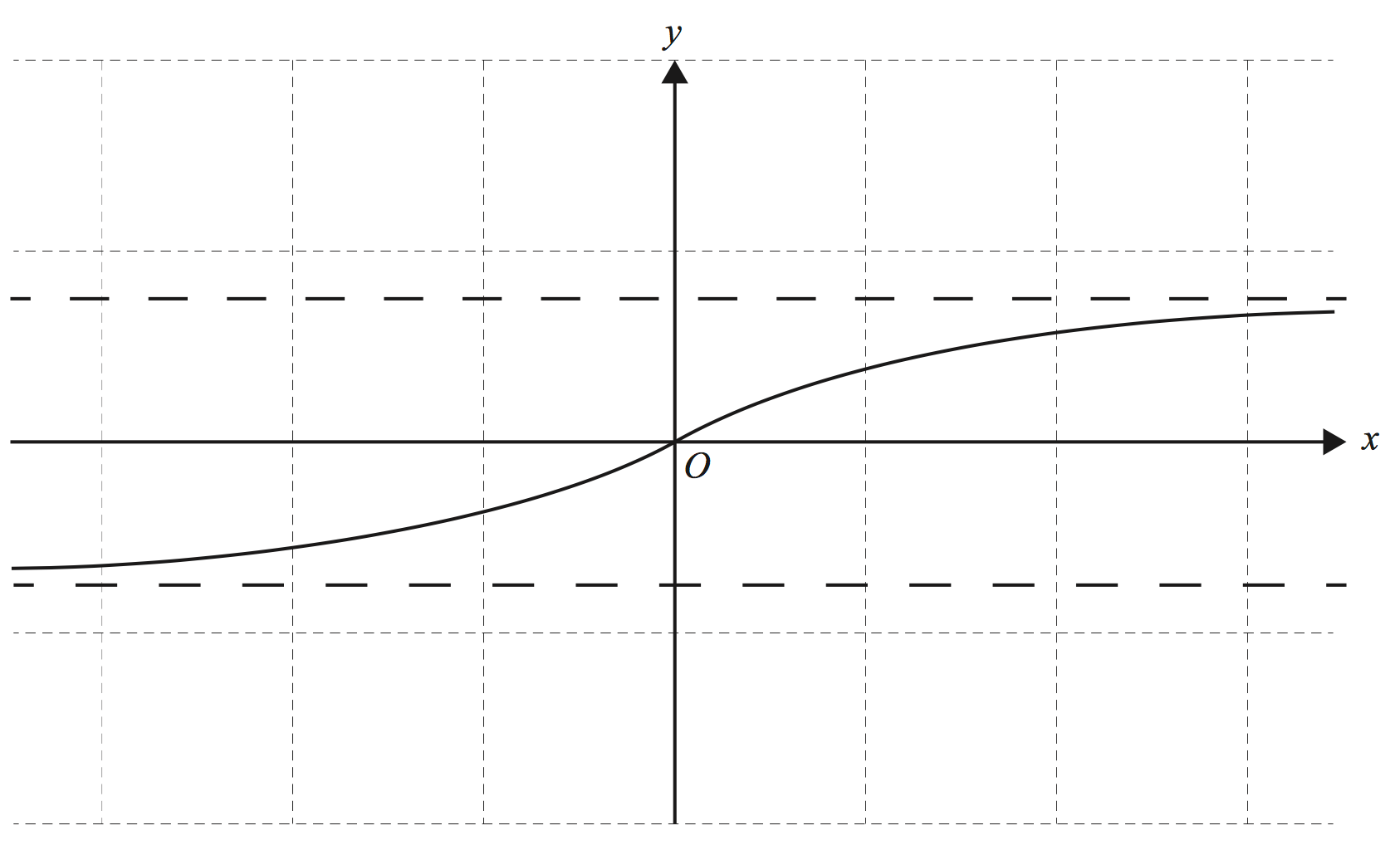A 200 kg crate rests on a smooth plane inclined at `theta` to the horizontal. An external force of `F` newtons acts up the plane, parallel to the plane, to keep the crate in equilibrium.
- On the diagram below, draw and label all forces acting on the crate. (1 mark)
- Find `F` in terms of `theta`. (1 mark)
The magnitude of the external force `F` is changed to 780 N and the plane is inclined at `theta = 30^@`.
-
- Taking the direction down the plane to be positive, find the acceleration of the crate. (2 marks)
- On the axes below, sketch the velocity–time graph for the crate in the positive direction for the first four seconds of its motion. (1 mark)
`qquad`
- Calculate the distance the crate travels, in metres, in its first four seconds of motion. (1 mark)
Starting from rest, the crate slides down a smooth plane inclined at `alpha` degrees to the horizontal.
A force of `295 cos(alpha)` newtons, up the plane and parallel to the plane, acts on the crate.
- If the momentum of the crate is 800 kg ms¯¹ after having travelled 10 m, find the acceleration, in ms¯², of the crate. (2 marks)
- Find the angle of inclination, `alpha`, of the plane if the acceleration of the crate down the plane is 0.75 ms¯². Give your answer in degrees, correct to one decimal place. (2 marks)

